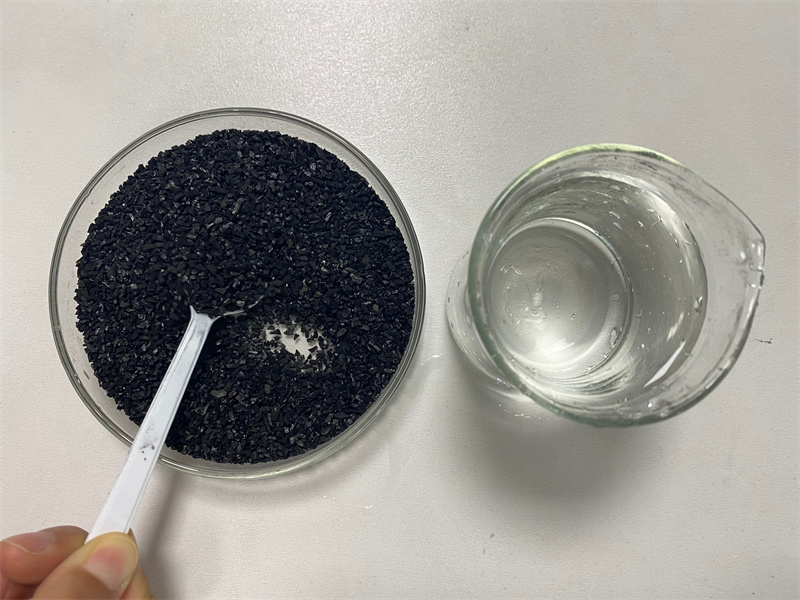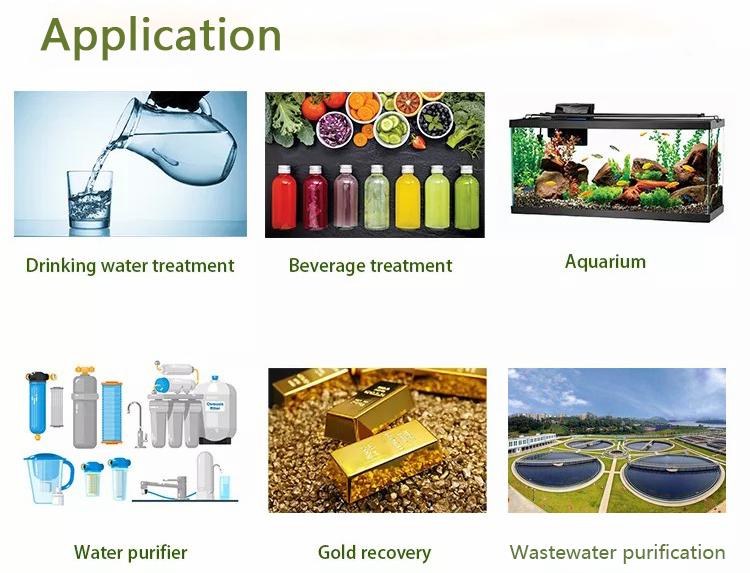What Contaminants Can Activated Carbon Remove?
Water is a basic necessity for life, but its purity is often affected by various pollutants. From industrial contaminants to natural impurities, the presence of these substances can affect the safety and taste of the water supply. Activated carbon can efficiently remove impurities from water, making it safer and healthier to drink. Today we will answer the question of what pollutants activated carbon can remove from water.

Chlorine
Chlorine is commonly used to disinfect municipal water supplies, but it can leave an unpleasant taste and smell. Activated carbon filters can effectively remove chlorine and improve the taste and smell of water.
Volatile Organic Compounds (VOC)
Wastewater often produces a foul odor and requires the use of activated carbon for adsorption, especially volatile organic compounds (VOCs).
Taste and Odor Compounds
Activated charcoal also removes compounds that contribute to the taste and smell of water, such as hydrogen sulfide and geosmin, providing a fresher, more enjoyable drinking experience.
Heavy Metals
Heavy metals such as lead, mercury and cadmium can leach into water sources from a variety of sources, posing serious health risks. Activated carbon filters can adsorb these heavy metals, reducing their concentration in water and making drinking safer.
Chloramine
Chloramines are disinfectant compounds that are commonly used as a substitute for chlorine in water treatment. Activated carbon filters can effectively remove chloramines, ensuring that the water is free of these potentially harmful chemicals.
Pesticides and Herbicides
Agricultural runoff can introduce pesticides and herbicides into water sources and contaminate drinking water supplies. Activated carbon filters can help remove these chemicals and prevent potential health risks.
Industrial Chemicals
Activated carbon can also effectively remove a variety of industrial chemicals and contaminants from water, including pharmaceuticals, petroleum by-products, and synthetic chemicals.

